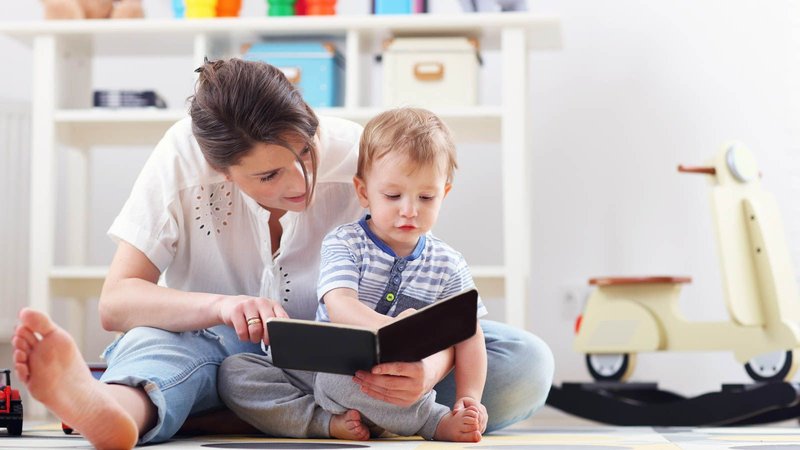
As a breastfeeding mother, you’ve shared a very intense physical and emotional experience with your baby. When it finally comes time for weaning, you will probably go through a range of emotions from sadness to relief. For some moms, this can be an especially rough period. You’ll feel better if you make yourself as comfortable as possible during this process while giving your little one lots of extra TLC.
Comfort for Mom
Ideally, you’ve been working toward weaning with a gradual decrease in nursing over several weeks or months. That will make weaning easier on you and your body. But if for some reason you need to stop more suddenly than you had anticipated, don’t panic. You will make it through, even if it means a day or two of discomfort.
When you wean, the main symptom you experience will be fullness and even engorgement of your breasts. You can relieve the fullness by expressing a little bit of milk here and there either by hand or with a breast pump. Express just enough to make yourself more comfortable, and don’t worry about sending your body a signal that the baby is still nursing. When your little one’s nursing decreases dramatically, your milk production will scale back accordingly.

If you’re still feeling uncomfortable, you can try taking a warm shower and massaging your breasts to let a little more milk out. This can be particularly helpful if you have a plugged duct or a specific area that is hard and swollen. Massage the area gently to relieve the discomfort. You may also take a pain reliever such as ibuprofen to relieve the pain.
Another helpful technique to reduce engorgement is to put cabbage leaf compresses on your breasts. It sounds strange, but many moms swear they work to relieve engorgement. Take a large (washed) green cabbage leaf and place it over your breast, under your bra. The colder it is, the better it will feel. Keep it on until it wilts and then use more cabbage leaves as needed.
While you’re going through this process, wear a comfortable and supportive bra. And don’t forget to keep a fresh supply of nursing pads on hand. You’ll probably be leaking a bit more than usual, and you don’t want to feel embarrassed or uncomfortable with wet spots on your shirt or bra. Be prepared to change the pads frequently to keep the moisture away from your skin.
You may get the advice to “bind” your breasts or wrap them tightly to help the milk dry up. This practice has largely been discredited because it can lead to plugged ducts or breast infections. If you do have some kind of breast infection like mastitis, you will feel shooting pains in your breast along with flu-like symptoms, including fever, chills, and fatigue. If you have symptoms of a breast infection, get plenty of rest and see your doctor. You may need to go on antibiotics to clear it up.
Helping Your Little One Make the Transition
Fortunately for your baby, there won’t be physical discomforts associated with weaning, but he or she will miss the closeness. Plan to spend plenty of extra time snuggling, reading, and playing with your little one. If you are weaning a small baby, make sure that he is comfortable with the transition to a bottle. Also try to stick to all of his comforting, predictable routines throughout the day, especially at naptime and bedtime.

If you are weaning an older baby or toddler who knows how to ask for nursing, you may need to be more strategic. Create some appealing distractions for the times when you would normally be nursing (special games, books, or even treats like cookies depending on the time of day and your child’s diet). You should also use the words that you use for nursing (“Mommy’s milk,” etc.) to remind her that “Mommy’s milk is all gone” or “We’re not going to have Mommy’s milk anymore, but you’re a big girl and big girls get to eat ice cream.”
Weaning can be a bittersweet time for both of you, and it’s OK to shed a few sentimental tears as you go through this transition. But once the process is through, it’s time to look forward to the new and exciting things you will be able to enjoy with your not-so-little one. Best of all, you’ll have a healthy, independent child who has benefited from your commitment to breastfeeding.
